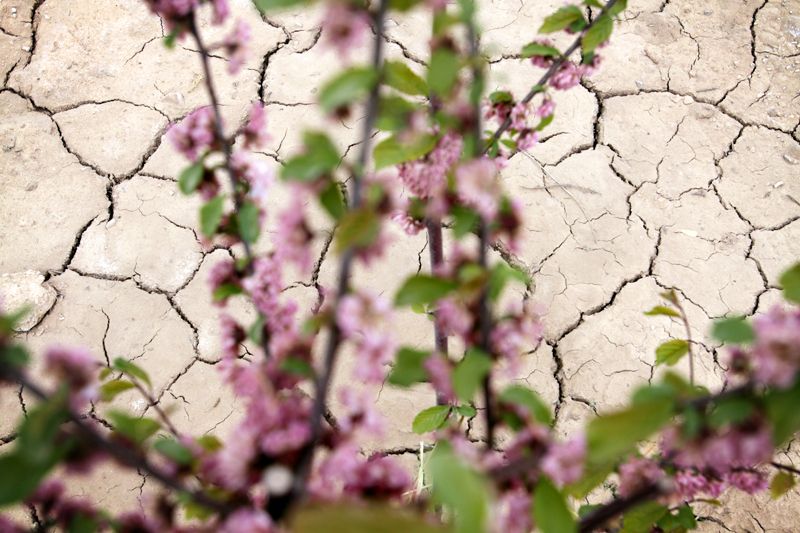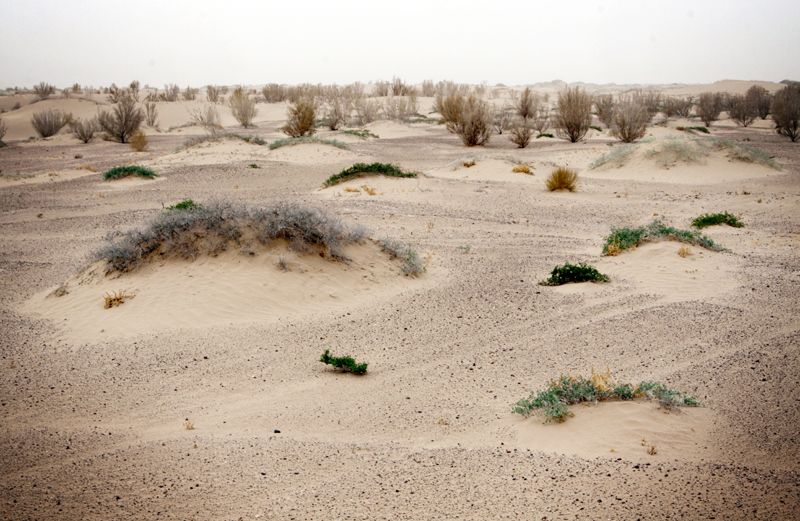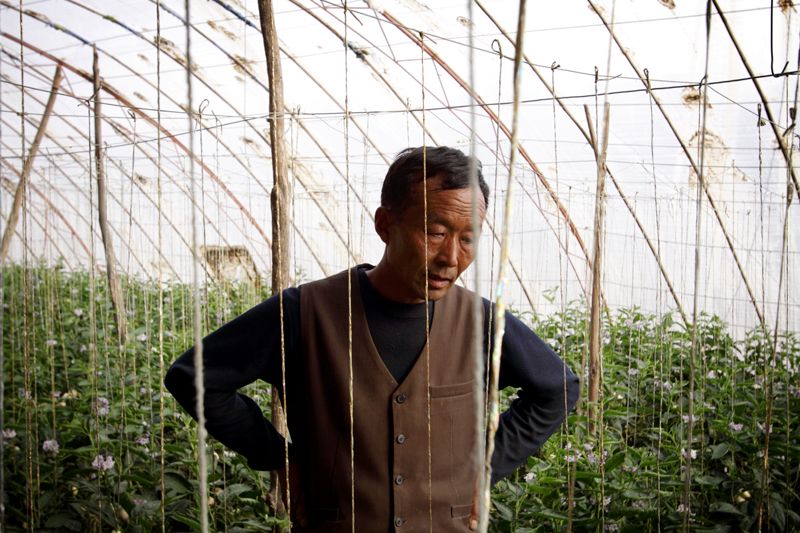Sandwiched unforgivingly between the mighty Tengger desert to the south and east, and the equally menacing Badain Jaran desert to the north and west, surface water has long since dried up in the dry and ravaged Minqin Oasis in Gansu Province. Problems lie not only with Minqin's harsh location however, but also in the ways local people have been using the little water that remains.
In the past two decades, the area has become a national symbol for China's fight against disappearing water, as approximately 50 percent of the area has now turned into desert. Recent estimates put the drop in underground water levels close to 15 metres over the past 50 years. A figure which is having worrying consequences for the region.
"When I was young it was very poor in Minqin and it was dry too", begins Mr Fang, a watermelon farmer who has lived in the area all his life. "Our lives are much better now, but the problem is we are short of underground water. People dig too many wells to get water to use on their fields". The problem has also been exacerbated by the drying out of local rivers which traditionally supplied water to the area.
As the water level has dropped, access to water has not been the only consequence. Water quality has now become an issue of serious concern. "The water in Minqin is very salty", warns Miss Zhang, a local hotel worker. "When we cook our noodles, we don't even need to use salt to season." In some parts of the area residents have been forced to move as a result of water becoming undrinkable and even unusable on arable land.
On the outskirts of Minqin, the roads are lined with sun-baked mud greenhouses that contain crops of watermelons, tomatoes, onions and peppers which traditionally feed the region. "We must water our fruit every day but planting in this greenhouse is the best way to save the water", expresses Mr Liu, a local farmer who grows ginseng fruit, special to the local area. Many local farmers have been forced to erect these large greenhouses in a concerted effort to prevent water evaporation and conserve the little water that is left.
It is not too late for the people and water of Minqin, as efforts such as rechanneling of water from the Yellow River to the region and water-conservation education strive to save the area. The people of Minqin are not oblivious to the challenges they face. "Cherish water," "Protect water," urge notices in bathrooms. "People and nature are harmonious together," "Protect the ecological environment," proclaim signs at the side of Minqin's roads.
As the water slowly continues its descent into the ground beneath the region of Minqin, the people of the area are facing the very real threat of the complete disappearance of their underground water. My next stop on my journey across China is the ancient city of Yinpan, a place which lost its fight with disappearing water some 1500 years ago and may serve as a stark warning to the consequences of not winning the fight to save and conserve water.





